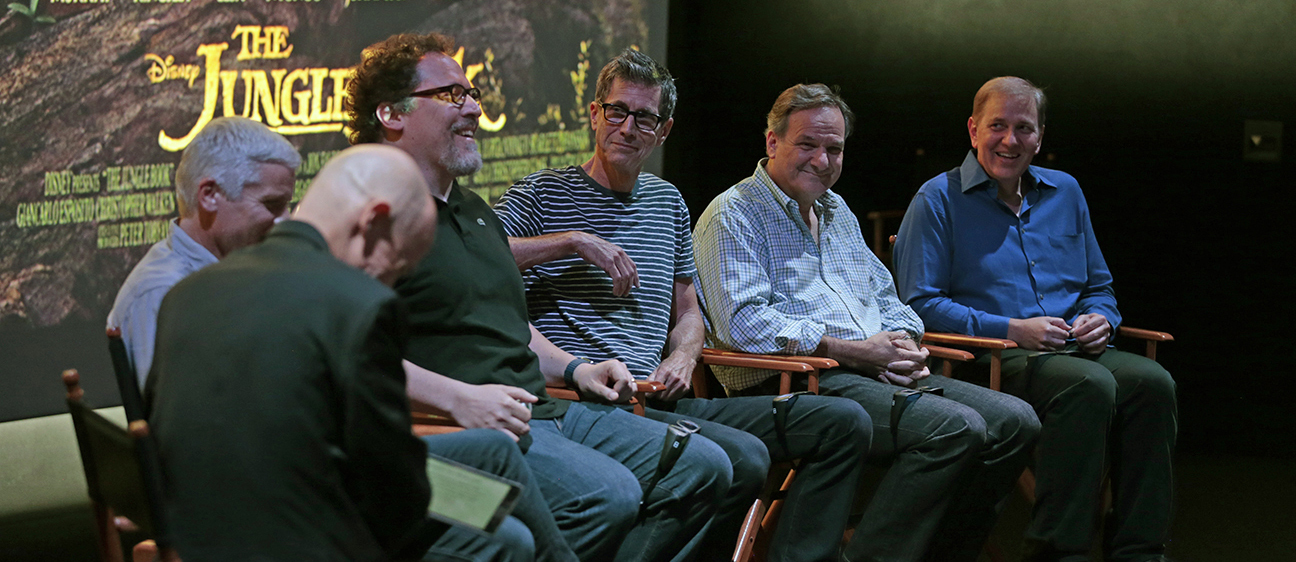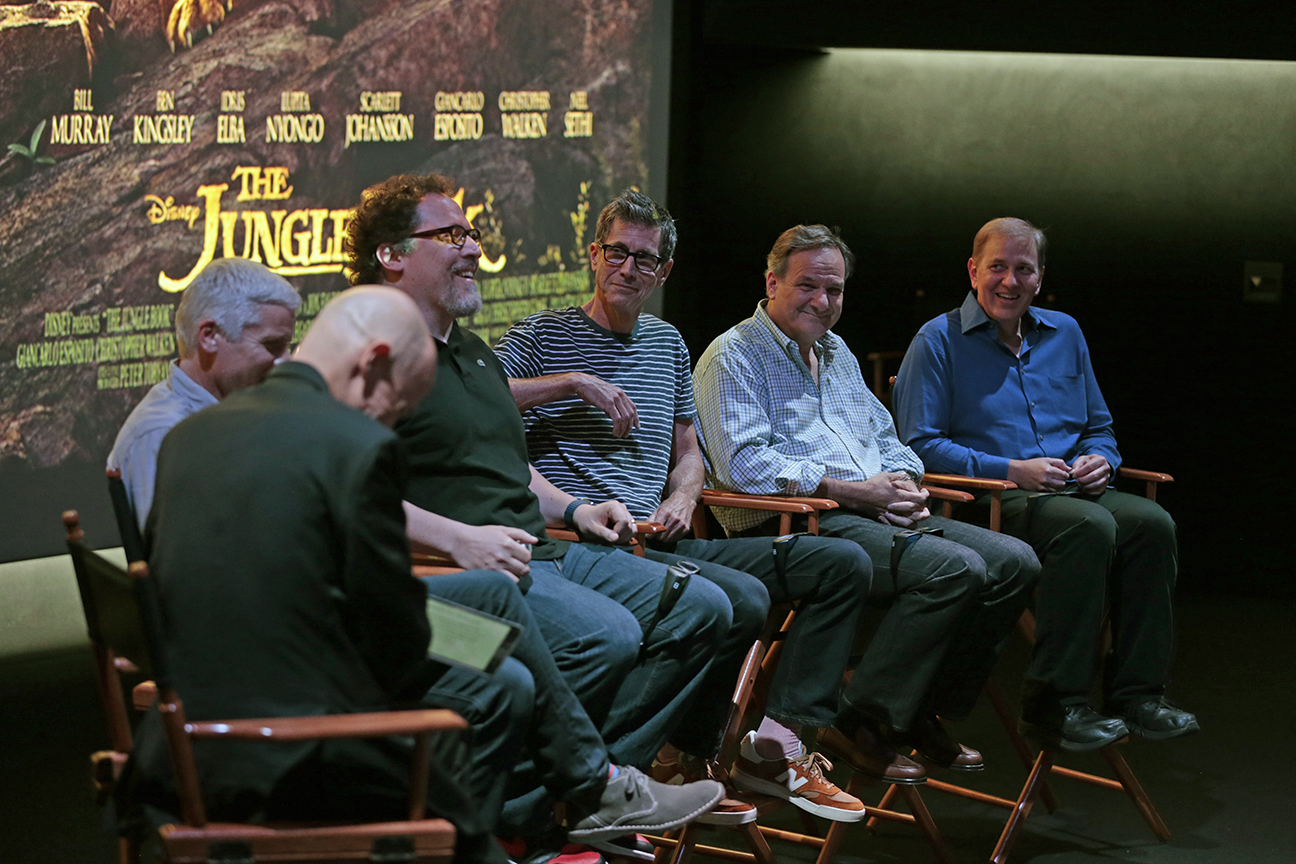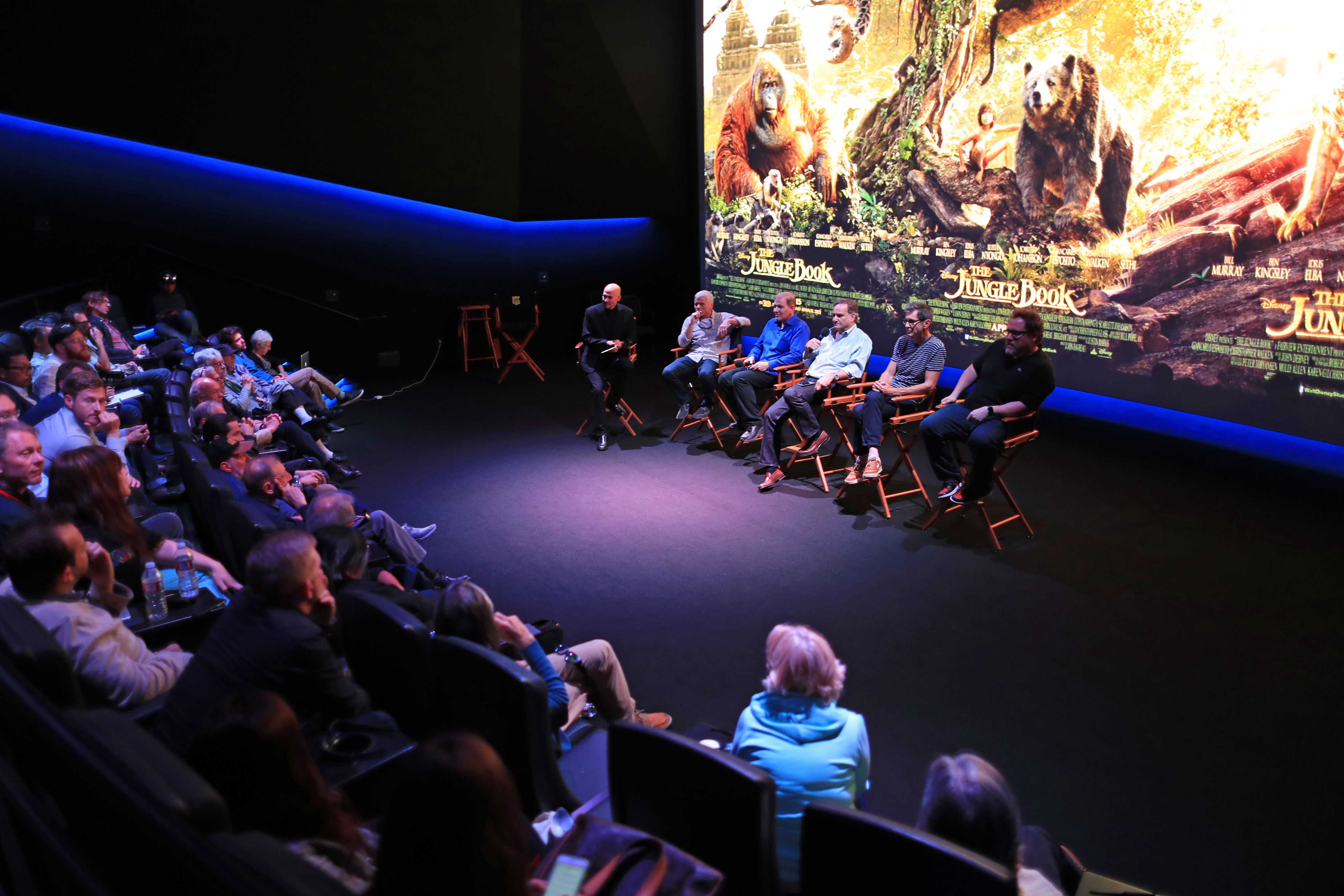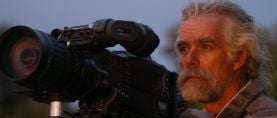
ICS 2016 – Part VII: A Model of Collaboration in The Jungle Book
The International Cinematography Summit offered a unique opportunity for motion picture professionals to discuss and demonstrate ideas.
ICS 2016
For this unique four-day event, the American Society of Cinematographers invited peers from around the world to meet in Los Angeles, where they would discuss professional and technological issues and help define how cinematographers can maintain the quality and artistic integrity of the images they create.

One unique highlight to the International Cinematography Summit (ICS) had attendees jumping right into a presentation on postproduction collaboration in The Jungle Book, with director-producer Jon Favreau; cinematographer Bill Pope, ASC; visual effects supervisor Rob Legato, ASC; producer Brigham Taylor; and supervising finishing artist Steve Scott. The discussion was moderated by visual effects veteran David Morin, chair of the ASC Technology Committee’s Virtual Production subcommittee. The presentation was held in the prototype Dolby Cinema in Hollywood, not far from the ASC Clubhouse where ICS participants had assembled that morning, featuring state-of-the-art Dolby Vision HDR laser projection and 38 Dolby Atmos speakers.

The Jungle Book (the making of which was featured in the May issue of American Cinematographer, downloadable in PDF form here) was based on the Rudyard Kipling’s short stories originally published between 1893 and 1894. The stories have been adapted many times for the movies, first in 1942 and, in 1967, with an animated version from Disney. Producer Taylor spoke about how he came to Favreau with the idea of recreating The Jungle Book with today’s photoreal digital animation and performance capture technology. “As soon as we shared the title and ambition, Jon immediately saw the potential and started talking about what he thought he could do with it,” recalls Taylor. “In those first five minutes, I thought this is our guy.”
Everyone was on the same page of going after a photoreal aesthetic. “We had talked about how to do it,” said Favreau, who grew up with Disney’s 1967 animated film and had read Kipling’s stories. “I saw right away that they were really committing to this. For me, it was very compelling to work for two three years on a movie about a child, emotions, animals, nature and an opportunity for elegance. I didn’t know when I’d have a chance to do something like this again.”
“As a storyteller, it offered me an opportunity to do humor, music, and appeal to the whole family, as well as hold a mirror up to nature in a really convincing way,” Favreau added. “I had been wanting to work with Rob Legato for a long time, and started talking with him and picking his brain.”
With regard to cinematography, Favreau called Pope and spelled out the details of how they were planning for a virtual production. “It’s a lot to ask of a cinematographer, to collaborate on a project that isn’t the traditional method,” said Favreau. “But, by the same token, [Bill] would also have a chance to weigh in on things as a partner through the whole process.”
While his credits include such technically demanding projects as the Matrix trilogy, Pope explained the experience of working on The Jungle Book was “like making my first movie.”
“You have no idea what you are doing, and then at the end, you think, if I knew what I know now I’d do it differently,” he continued. “Several times I felt that they needed to find someone else, but they said that no one knows what to do. As Jon said, in the first few weeks, his brain hurt, and that’s what it was like for all of us. Rob sat there with this Cheshire Cat grin, and eventually we did figure it out.”
Virtual production now, said Pope, “seems real and viable.”
“Now I think it’s easy — but it’s super hard,” he added. “You’re always in post, you can re-do anything and everything, which is kind of a frightening place to be. In cinematography, we like to do a shot and get it out of the way. But when you can re-do anything at anytime, you wonder if you’re moving forward. On the other had, it’s really exciting.”
Morin asked Legato to explain the workflow. “It’s a long answer for a short question,” he replied. “The basic workflow is you can walk out on a motion-capture world, pick a lens, and shoot like you would a live-action film and, at the same time, start cutting it together. When I showed Bill the virtual camera, he said, why do you need me? I told him, film this the same way you’d film it live, with a cinematographer’s eye, time of day, lens choice and so on — all those things mean a lot!”
Pope described the shooting conditions on “a big white stage” at Digital Domain. “With stunt people and other people on the motion capture stage playing the parts, we start blocking,” he said. “Jon has taken us on a digital scout in an environment created by the art department, with trees, streams, and we look at it with the virtual camera. I could move through space via a stick — I was like a dolly grip.”
“Jon is a master of moving us ahead,” Pope added. “And we’re all open at all times to refining it. A core group of people met every day to refine the story and look at the shot list. I could try many different things and start cutting it together. We did it over again until we got it right.”
Favreau noted the production was “really emulating the experience of being on a real set. It preserves the film set culture. Just because there’s technical innovation doesn’t mean we have to change everything. Part of it is human collaboration, whether it’s performing, drawing, camera — you need people.”
All of the panelists agreed that the production benefited from a workflow that, as Favreau said, “preserved the culture I’m used to. It allowed me to collaborate with the experts.”
“Creativity is only analog,” Legato agreed. “[With virtual production], it becomes much more applicable for live action people to have their years of expertise in play. It’s extremely collaborative, with the same decision-making as a live action set.”
“There’s nothing more collaborative than what we went through,” Pope added. “No one moves ahead unless we all move ahead.”






